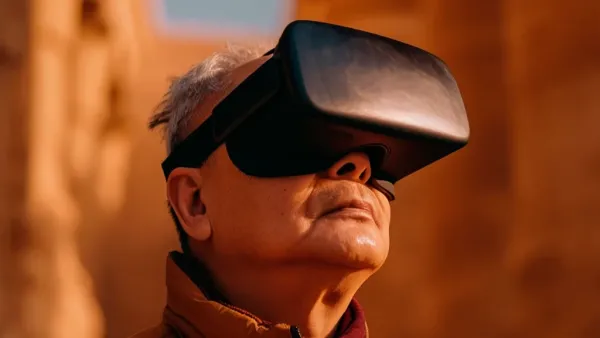
India’s cultural heritage is a vibrant mosaic of architecture, painting, and history, and monuments such as the Taj Mahal, Hampi, Konark, and Ellora serve as symbols forever etched in time for a rich civilization. But it is never always easy to visit every single heritage site. Hence, technology, especially VR and AR, lends immersion, accessibility, and fun while exploring. One can now take 360° virtual tours through temples, forts, and palaces, blending technology with cultural narratives.

Below is an exhaustive listing of the best virtual tour apps that revive India’s historical sites and allow for an unprecedented experience of its past.
Where virtual heritage attempts rekindle people’s association with history, many monuments have been digitized through the State Archaeological Survey Agency (ASI) and Google Arts & Culture. One can virtually stand inside the Ajanta Caves or walk through the Red Fort with smartphones.
But these views are beyond just 360-photos: With soundscapes, narrations, and AR overlays, these apps restore vanished edifices and simulate ancient views of monuments. To students, tourists, and history buffs, these apps are not mere entertainment tools; they are digital classrooms paving the way to stepping back in history.
DigiTour ranks among India’s leading virtual heritage apps, an initiative to open history to all through AR and multimedia storytelling. It presents sites like Hampi, Badami, Ellora, Konark, and Rani Ki Vav, allowing users to go on virtual tours or use AR features for on-site guided navigation.
It also illustrates architectural styles, inscriptions, and cultural significance in various languages. With audio guides, 3D visuals, and historical narration, DigiTour is an excellent app for students and the traveling community alike. DigiTour shines because of its dual usage ability in virtual explorations and actual visits.
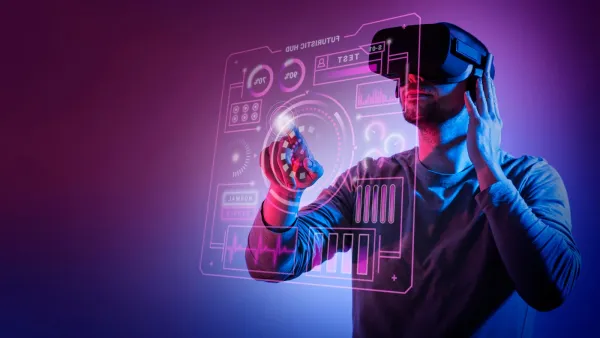
Known for travel booking, Yatra has launched the Indian Monuments by Yatra app, a fresh take on tourism and heritage education. AR tours, explanatory narrations, and interactive visuals allow users to view monuments through augmented layers.
Users view the world around them through their mobile camera screen while exploring the landscape in augmented reality. They can point their phone camera at a monument beside them and see reconstructions of how it used to look. The app also provides practical information about ticket prices, opening hours, and places of interest. The myriad offerings make it an excellent hybrid for both digital wanderers and those exploring the actual sites.
Another advanced app, Augtraveler combines AR, geofencing, and storytelling to offer an interactive platform for users at heritage sites like Delhi, Agra, and Jaipur. Alongside the movement of users through these sites, their phones engage their interest with location-based AR experiences, animations, and reconstructions illuminating them.
For example, during a visit to the Red Fort, the app will overlay animations depicting the fort during the Mughal era or offer an augmented guide explaining its salient architectural features. The app’s real-time mapping and contextual storytelling capabilities make it extremely well-suited to educational visits and cultural tourism.
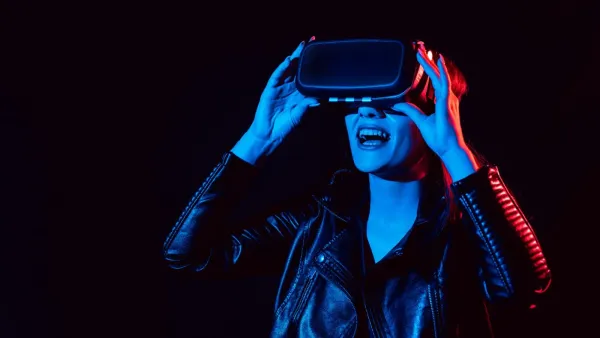
While Augtraveler reaches its full expression on-site, it offers several virtual services to allow users to explore heritage trails from a distance. The mix of storytelling with interactivity and cultural validity places Augtraveler among the leading heritage apps in India.
Historama AR is noted for its meticulously modeled 3D reconstructions, especially at a UNESCO World Heritage site, namely Hampi. Users get to view how the ruins looked with the restored structures overlaid over AR on the existing ones.
Full AR reconstructions at the spots like Vittala Temple, Queen’s Bath, along with animated visualizations of ancient rituals and narrative commentaries, bring the “time travel” experience to life. Such times travel makes learning history visually attractive while stirring emotional involvement.
It is a collaboration between historians and architects to produce all-accurate interpretations and is an excellent mix of art, history, and technology. While currently limited to very few sites, Historama’s methodology might change the way heritage is taught in India altogether.
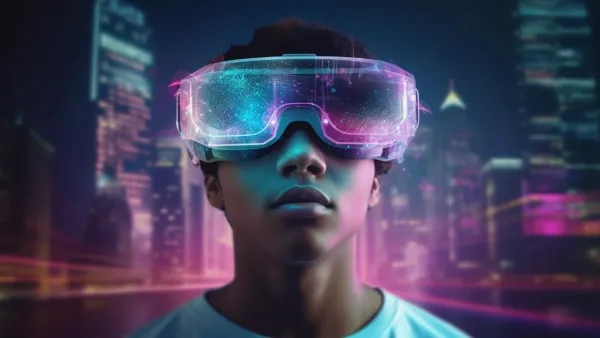
For those who enjoy extensive exploration, Heritage Atlas is equipped with an interactive map of India’s heritage sites, high-res photos, 360° tours, and factual information. Users can zoom into any state and explore temples, forts, or stepwells while reading about their cultural backgrounds.
Though it might not contain as many AR features as some other apps, Heritage Atlas is invaluable for virtual tourists wishing to explore multiple monuments on a single platform. It’s great as an educational resource for teachers, students, and researchers interested in the architectural variety of India.
First movers in digitizing Indian monuments have been Google Arts & Culture. With collaboration from ASI and state tourism departments, virtual tours are set up for over 280 sites, including Taj, Sanchi Stupa, and Qutub Minar.
The users would be able to roam a monument around with 360° images, zoom up close to their fine carvings, or watch 3D reconstruction videos of ancient temples. On the platform, curated shows, a combination of painting, photography, and story, double down on the museum experience on both mobile and desktop.
The effort treats the heritage of India as a democratically available artifact and aids in digital preservation with printed archival of monuments in hi-res for generations to come.

Several Indian state tourism boards have launched their respective virtual tour portals. An equal counterpart ministry in Tamil Nadu Tourism runs 360° virtual tours of its temples like Brihadeeswara and Gangaikonda Cholapuram, and similarly, the Government of Delhi’s VR project offers headset-compatible experiences for landmarks such as Humayun’s Tomb and India Gate.
Government-wise efforts would revive the global existence of monuments in the very remote or lesser-known avenues. Very useful in situational education for schools or similar cultural bodies and promote local heritage.
Beyond their entertainment value, virtual heritage apps are used for education, inclusion, and preservation. They protect historical data against damage or negligence through the digitization of monuments. They also create access opportunities for those who cannot move about due to expenses, distance, or disabilities.
Again, the AR-based storytelling gives student learning an emotional dimension. Instead of reading about the architectural details of the temple, the user gets to see how the temple was built, interacts with artifacts, and listens to stories about people who once lived there. Such an immersive experience fosters curiosity and pride in India’s cultural identity.
For kids, these digital sources make history relevant – it shifts history from the memorization of a textbook to an experience.
However, these apps have achieved tremendous success over the past couple of years. Some are restricted to only a particular selection of monuments, while others do not have their AR alignment much accurate from the technical view. This involves investments, man-power, and skills in order to extend the 3-D digitization of rural and lesser-known heritage places.
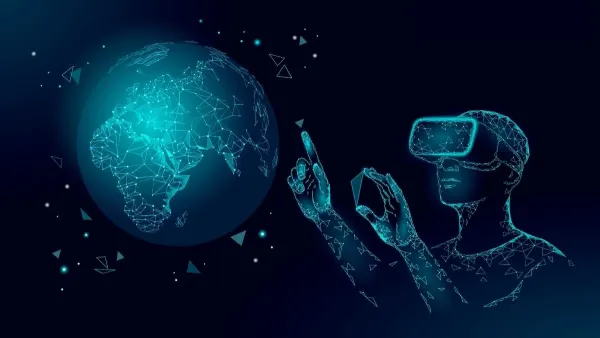
Device compatibility plays a role too. Most advanced AR features require powerful smartphones. Another challenge is the facilities for frequently updating content and credentials to make sure the content is accurate and not subjected to misinformation or distortion regarding heritage knowledge.